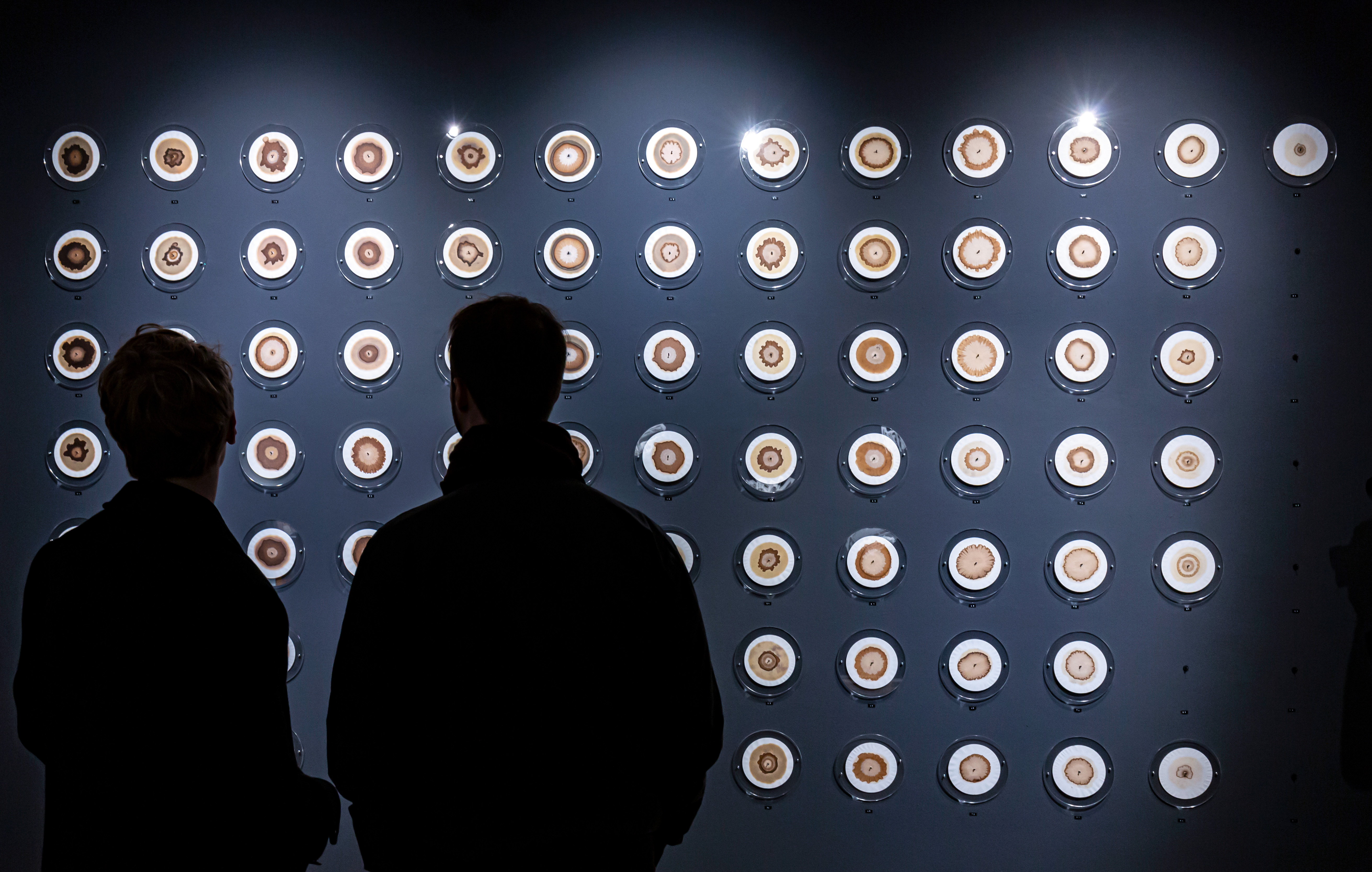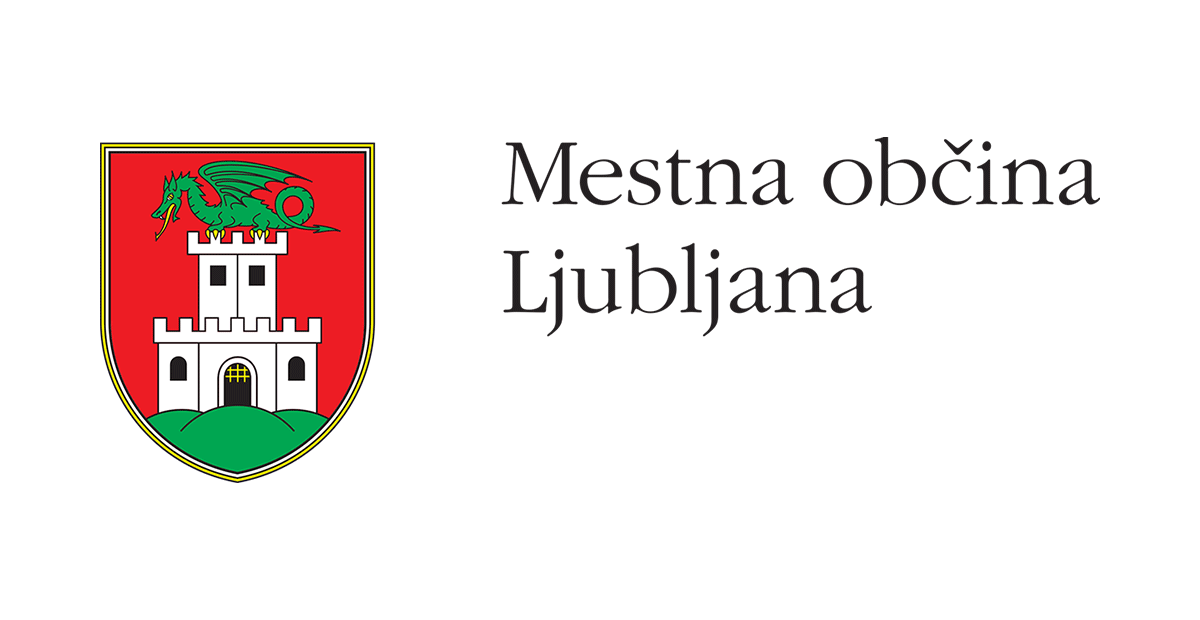Saša Spačal: Terra Xenobiotica
Humans have an ambiguous relationship to the ground, often identifying and personifying with the soil of their ‘homeland’, and depending on its fertility to survive – and yet, all too often, treating it as mere dirt. This neglect is more extreme in technological zones, not only in industrial areas, but in spaces of communication and transportation. In her new artistic research Terra Xenobiotica Saša Spačal explores soil life at airports. “Toxins are seeping into the ground, creating unfamiliar lands that call for different kinds of stewards – the ones who navigate and nurture, rather than gatekeep or extract” states Spačal. “As humanity remains locked in an ongoing cycle, a holding pattern of take-offs and landings, the notion of a final landing lurks in an unimaginable distant future.”
The exhibition is composed of three works – the installation Eternity Scanner, the chromatogram database Gradients of Eternity and the film Holding Patterns.
The installation Eternity Scanner, based on a residency at the Rillig Lab for Plant Ecologies at Freie Universität Berlin in collaboration with Art Laboratory Berlin, invites the public to explore how pollutants, especially Perfluoroalkyl and Polyfluoroalkyl Substances (PFAS) such as Teflon, so called ‘forever chemicals,’ permeate the soils of airports. Essential in the art piece are 86 soil chromatograms developed from earth gradually polluted by increasing amounts of PFAS, making up Gradients of Eternity, a database created as first of many to train an AI neural network to recognise PFAS pollution on soil chromatograms, and metaphorically symbolising the 86 years since PFAS were first accidentally discovered. Visitors are encouraged to choose a soil chromatogram and place it on the Eternity Scanner, which acts as a contemporary oracle. “The directive is clear and compelling; our only requisite action is to attune ourselves to the scanner’s perpetual soundscapes” remarks the artist. Powered by AI, the scanner reads the chromatogram, producing a sonification of the information it contains, acting as a clarion call for a new generation to come forward and regard the land not as dominion, but as kin.
The film Holding Patterns, written by Saša Spačal and cultural theorist Alison Sperling, creates a dystopian near future scenario where airports still exist but without function, exploring the matter of ground and soil pollution. Essential for Spačal is the “question of grounding, of being grounded, and of groundedness in the unique space of Berlin’s iconic defunct airport at Tempelhof Field”. The film examines the complex and varied epistemologies involved in modern concepts of travel and identity, proposing a new model of responsibility, care, and stewardship.
Text: Regine Rapp & Christian de Lutz (Art Laboratory Berlin), 2023
***
Saša Spačal: Terra Xenobiotica
2023-2024
Scientific Consulting: India Mansour, Institut für Biologie, Freie Universität Berlin
Installation and programming: Dmitry Morozov
Assistance: Flore Wormskamp
Storytelling: Alison Sperling
Film Editing: Maja Andlovic
Sound Composition: Ah!Kosmos
osmo/za (2024)
Production: Projekt Atol Institute (Uroš Veber, Tina Dolinšek)
Additional installation and programming works: Dmitry Morozov
Technical support: Valter Udovičić & Andraž Šenica Pavletič
Supported by the Ministry of Culture of the Republic of Slovenia and the City of Ljubljana.
Production by Art Laboratory Berlin (2023)
Artwork Production and Artistic residency: Art Laboratory Berlin
Artistic Residency and Scientific Support: Rillig Lab | Plant Ecologies, Institut für Biologie, Freie Universität Berlin
Support: Berlin Senate | Department of Culture, Slowenisches Kulturzentrum – SKICA Berlin, Technische Universität Berlin, Berlin Science Week
Inaugural Installation: Art Laboratory Berlin, Germany [11 Nov 2023 – 2 Feb 2024]
Exhibition Photos: Tim Deussen
Saša Spačal
Saša Spačal MA [she/her], a postmedia artist, merges living systems research with contemporary art, emphasising the interconnectedness of the environment-culture continuum within planetary metabolisms. Her artistic endeavours include developing caring biotechnological methodologies and interfaces that engage with both organic and mineral soil agents. In parallel, she explores the fragility of posthuman scenarios, intricately weaving mechanical, digital, and organic logics within the realms of contemporary biopolitics and necropolitics.
Her works were presented at venues such as ZKM | Center for Art and Media Karlsruhe [DE], Ars Electronica [AT], Centre de Cultura Contemporània Barcelona – CCCB [ES], Laboratoria Art & Science Foundation / New Tretyakov Gallery [RUS], National Art Museum of China [CHN], Museum of Contemporary Art Metelkova [SI], Onassis Cultural Centre Athens [GR], Transmediale Festival [DE], GHMP Prague City Gallery [CZ], Museum and Galleries of Ljubljana [SI], Museo Extremeño e Iberoamericano de Arte Contemporáneo [ES], Perm Museum of Contemporary Art [RUS], Chronos Art Centre [CHN], Museum of Contemporary Art Zagreb [CRO], Museum of Contemporary Art Vojvodina [SRB]. She received awards and nominations Ars Electronica Starts Prize [2021], Japan Media Art Award [2020], New Technological Art Award [2019], New Aesthetica Prize [2020], Prix Cube [2015] and Prix Ars Electronica [2015].


